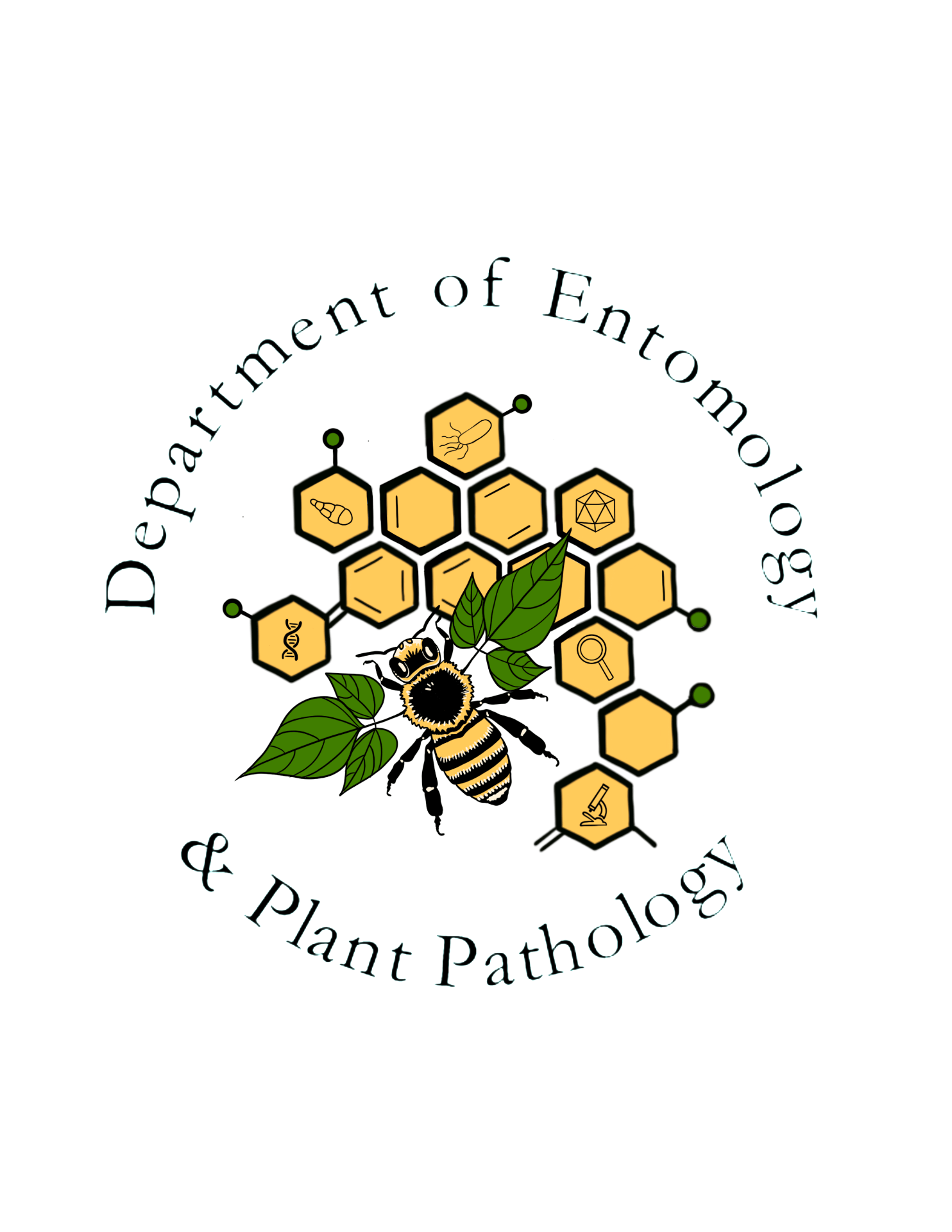Red oak borer
Order: Coleoptera
Family: Cerambycidae
Genus and species: Enaphalodes rufulus (Haldeman)
Severe decline and death of oaks in the red oak group (northern red oak Quercus rubra, southern red oak Q. falcata, and black oak Q. velutina) was detected in 1999 in the Ozark National Forest in Arkansas. An unprecedented outbreak of the native red oak borer was devastating forests in the Ozark Mountains of Arkansas and Missouri. The USDA Forest Service estimated that by the end of 2001 more than one million acres of Ozark Mountain forest would be impacted. It was not known if the epidemic was increasing or what its duration would be. However, by the end of the decade, scientists concluded that the red oak borer outbreak was a stress event like those that occur when oaks of about the same age approach the end of their life cycle and suffer stress from such factors as extreme heat, drought, and debilitating insect or disease infestations. During the peak of the red oak borer outbreak, borer densities often exceeded 100 per tree, the highest ever recorded. Red oak borers are a common occurrence, but they are normally present at low levels. Research revealed that populations began to increase in the 1980s and peaked around 2001-2003, possibly related to extreme drought events and trees weakened by age. They then declined to historically low levels. Death of red oaks more than doubled during the period 2000-2009.
scientists concluded that the red oak borer outbreak was a stress event like those that occur when oaks of about the same age approach the end of their life cycle and suffer stress from such factors as extreme heat, drought, and debilitating insect or disease infestations. During the peak of the red oak borer outbreak, borer densities often exceeded 100 per tree, the highest ever recorded. Red oak borers are a common occurrence, but they are normally present at low levels. Research revealed that populations began to increase in the 1980s and peaked around 2001-2003, possibly related to extreme drought events and trees weakened by age. They then declined to historically low levels. Death of red oaks more than doubled during the period 2000-2009.
The red oak borer occurs from southeastern Canada and Maine south to Florida and west to Minnesota, Iowa, Oklahoma, and Texas. It attacks living oaks, especially those in the red oak group, although white oaks are also sometimes attacked. It appears that in the central United States, the beetles have a two-year life cycle with synchronous adult emergence in odd numbered years. The main emergence period begins around mid June and lasts for about three weeks. Adults live for about three weeks. Females begin laying eggs immediately after mating. Each female produces about 120 eggs, laid singly or in small groups in bark crevices or under lichens. Eggs hatch in less than two weeks, and the young larvae chew through bark to begin gallery excavation in phloem tissue. They chew back out through the bark and produce small, oblong holes through which frass is ejected. The following spring, the larvae continue to consume phloem tissue, but in summer they enter sapwood. Late in the following spring they pupate, and adults soon emerge.
Borer damage reduces the economic value of oak trees and provides entryways for other pest insects and decay organisms.
